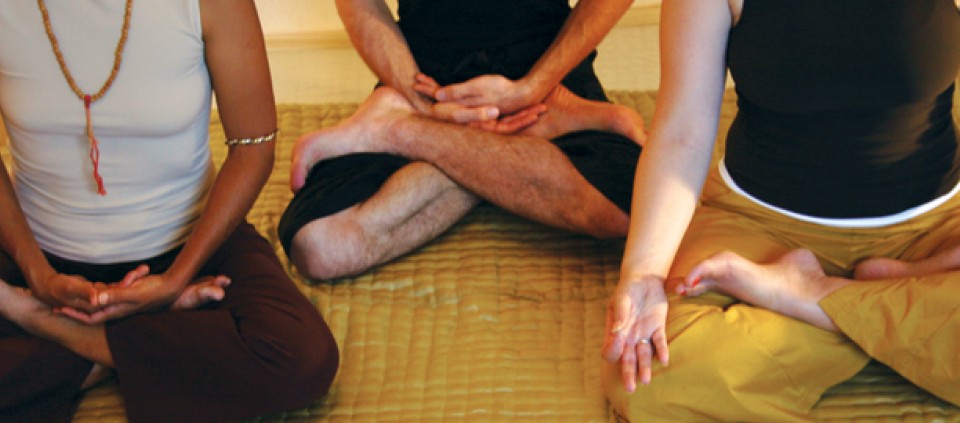4 Ways to Strengthen Your Stress Resilience

What makes some of us bounce back in the face of life’s challenges and others crumble? Why is it that, some days, we feel able to take on the world, while on other days, one little thing can set us off? There are undoubtedly numerous answers to these questions but, on a physiological level, researchers know that our stress resilience levels are connected to one thing: the vagus nerve.
The vagus nerve, our tenth cranial nerve, modulates the parasympathetic nervous system, the part of the nervous system that helps us to calm down and relax. Also called the “wandering nerve” because it meanders through the body, the vagus nerve regulates heart and breath rate and controls our voice tone, organs, and digestive tract. In many ways, the vagus nerve is the air traffic controller of our physical body—sending and receiving messages from the brain about when to digest, when to breathe, and what to feel. This makes it an essential player in building stress resilience.
Interestingly, the state of our vagus nerve can be measured. Scientists developed a measure called heart rate variability, which tracks the time between heart beats. When there is variability between heart beats, this implies high vagal tone, which is correlated with good stress resilience. When there is little variability between heart beats, this implies low vagal tone, which is correlated with poor stress resilience. The bottom line? When there is flexibility in our heartbeats, rather than a rigid beating, we are more resilient. Sounds pretty similar to yoga, right? Flexibility means adaptability and improved overall health.
The good news is that the vagus nerve can be strengthened, through lifestyle, practice, and intention. Here are a few practices that have been shown to increase vagal tone.
Slow, Deep, Breathing
This practice is undoubtedly one of the best ways to improve the strength of the vagus nerve. Scientists argue that this is one reason why yoga is so powerful—because of the emphasis on the breath. It helps us relax by activating the vagus nerve and supporting our nervous system. Slow abdominal breathing can improve vagal tone. In addition, Ocean-Sounding Breath (Ujjayi pranayama), in which you create a gentle constriction in the back of your throat, can further enhance the benefits. The vagus nerve touches the throat, so creating a little bit of friction in the throat as you breathe can help stimulate the vagus and improve vagal tone. Try pausing during work to breathe deeply for a few moments, and notice how you feel.
Exercise
Moderate to intensive exercise has been shown to improve heart rate variability, the marker of vagal tone. Studies show that regular exercise in healthy adults, as well as adults with cardiovascular disease, helped to improve vagal tone. The workout doesn’t have to be long—just 20 minutes can have an impact. While research on this has not yet been done, it would seem to follow that combining yogic breathing with moderate exercise would further enhance the effects of stress resilience and vagal tone.
Metta Meditation
Metta meditation, also known as loving-kindness meditation, is the practice of sending kind thoughts to yourself and others. Researcher Barbara Fredrickson found that metta meditation improved vagal tone for some who practiced it. She compared a control group to those practicing metta, and found that when people reported increases in warm and loving feelings, their vagal tone improved. Try practicing metta meditation as you fall asleep; not only will you be improving your vagal tone, you might also be positively influencing your dream life, according to the Buddhist texts.
Chanting Om
A study showed that chanting om can improve vagal tone by stimulating the nerves around the throat. If om is not your thing, you can also try singing loudly—what the heck, no one’s listening in the car. Feel the resonance in your throat and throughout your body.
It’s clear that yoga offers a variety of tools to increase vagal tone and thus support stress resilience. The key is to practice one or more of these tools each day, even if it’s just for five minutes. And remember, it takes time to strengthen the nervous system, but patience and practice can bring us to a more balanced state of being.
© Kripalu Center for Yoga & Health. All rights reserved. To request permission to reprint, please e-mail editor@kripalu.org.
Angela Wilson, LMHC, RYT 500, is a Kripalu faculty member who has conducted research and written about the intersection between yoga, Western psychology, and science.
Full Bio and Programs